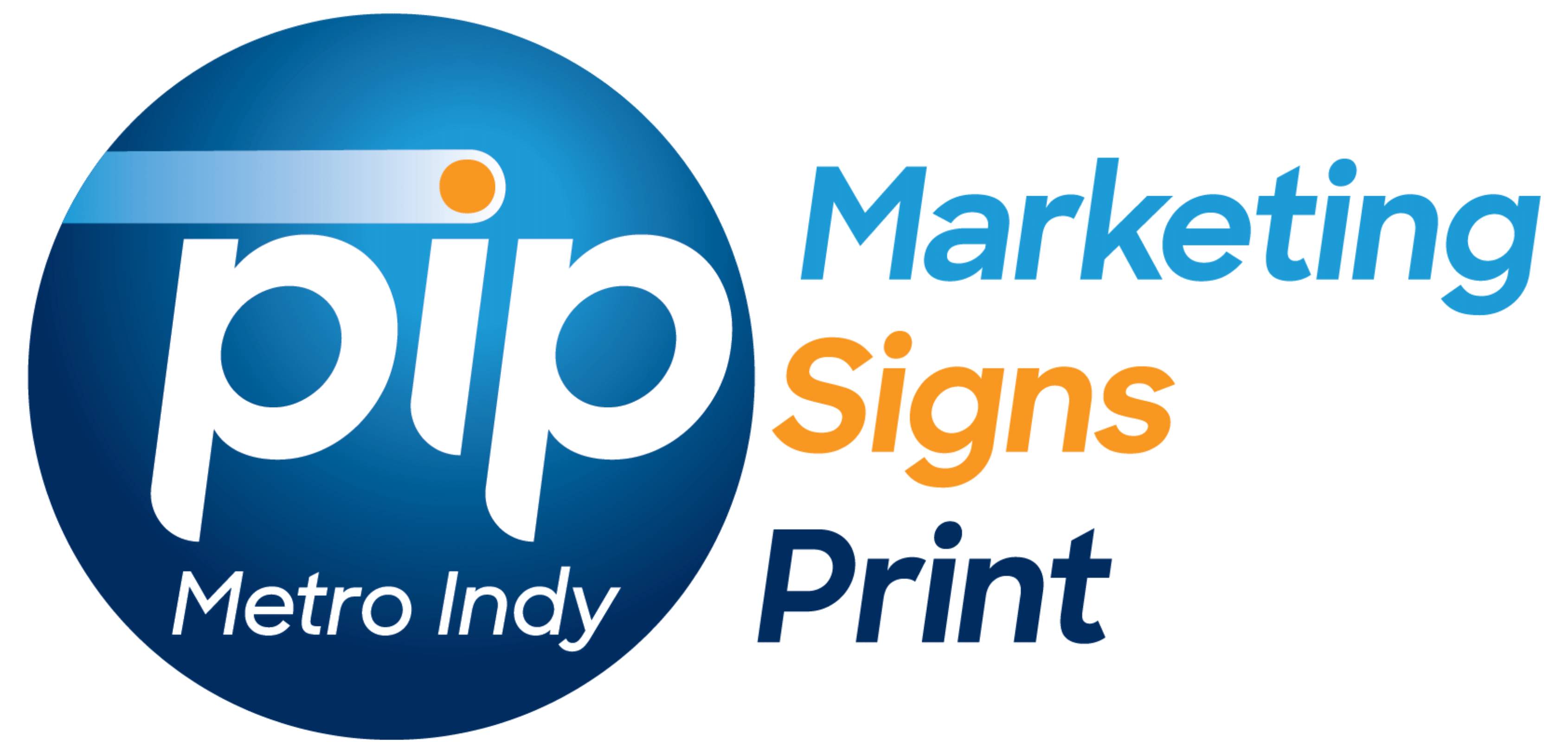
Before you can market your products or services to potential customers, you need to understand who you’re targeting and how best to reach them. Creating a marketing plan gives you the opportunity to get all your marketing ducks in a row before you spend any money.
What is a marketing plan?
A marketing plan details the strategy you’ll use to reach customers including identifying your target market, the value proposition of your brand or product, the tactics you’ll use for outreach and the metrics that will determine success.
Why use a marketing plan?
An effective marketing plan is a blueprint for launching your brand or any new products or services. Your marketing plan will be a carefully crafted living document that you revisit and revise regularly based on the success (or not) of your various tactics.
Getting started
Every marketing plan is different because it’s created for a specific business in a specific industry, but there are certain features that all plans share. The following are the basic elements of a good marketing plan that you can easily apply to your business.
Customer analysis—If you’re rolling out the latest product or service to a known audience, begin by surveying current customers to determine what’s working and what’s not. Ask specific and targeted questions to uncover their actual (not hypothetical) thoughts. If a product or service is a new offering for you, do deeper research into the market, trends and known consumer data for that offering.
Marketing audit—Next, do a thorough review of all aspects of your marketing. Use internal data as well as industry benchmarks to determine how you’re performing against competitors. Conduct a thorough and honest SWOT analysis to determine where change is needed or opportunities exist. SWOT is shorthand for the process of reviewing your company’s strengths, weaknesses, opportunities and threats for a holistic understanding of where your business stands and how much work needs to be done.
Create SMART objectives—Rather than setting generic goals that could apply to any other business in our industry, set unique and specific SMART objectives—e.g., specific, measurable, achievable, relevant and timely. Think of your business holistically, instead of just focusing on sales. Consider how you can improve sales and customer service, increase efficiencies and reduce costs.
Segment your audience—To make your marketing messaging more personalized, divide customers into smaller groups based on common characteristics. For example, if you offer products that have distinct audiences or one product that serves multiple audiences, you’ll segment your database differently. And studies show that segmented audience messaging gets more opens and higher conversion rates, so don’t skip this step!
Target new customers—Your business cannot survive on existing customers alone. While you can sell new products or services to the same loyal audience, you also need to continue to grow your business by finding new customer groups. This is where the strategy comes in and your research pays off. If you want to reach new audiences, where will you find them? How will you connect with them? Investigate the motivations, drivers and experiences of potential audiences and decide which tactics to test to reach them.
Create your action plan—Whether you’re handling all the marketing in-house or working with an external partner, write a detailed action plan with tactics, goals and deadlines. Harkening back to your SMART objectives, be as specific and time bound as possible. Different team members should be able to take the action plan and run with it to tackle their campaigns.
Monitor, manage and measure—Finally, it’s all about data. Constantly monitor the results for each tactic within your plan, checking them against industry benchmarks and your own expectations to measure performance. Regular measurement allows you to identify improvement areas so you can use insights to make real-time changes to optimize what’s working and discontinue what isn’t.
A guide to success
An effective marketing plan will align your business goals, organize your marketing activities and keep your business on track. These steps should equip you to put together a marketing plan that meets your specific needs and serves as a guide to success.


